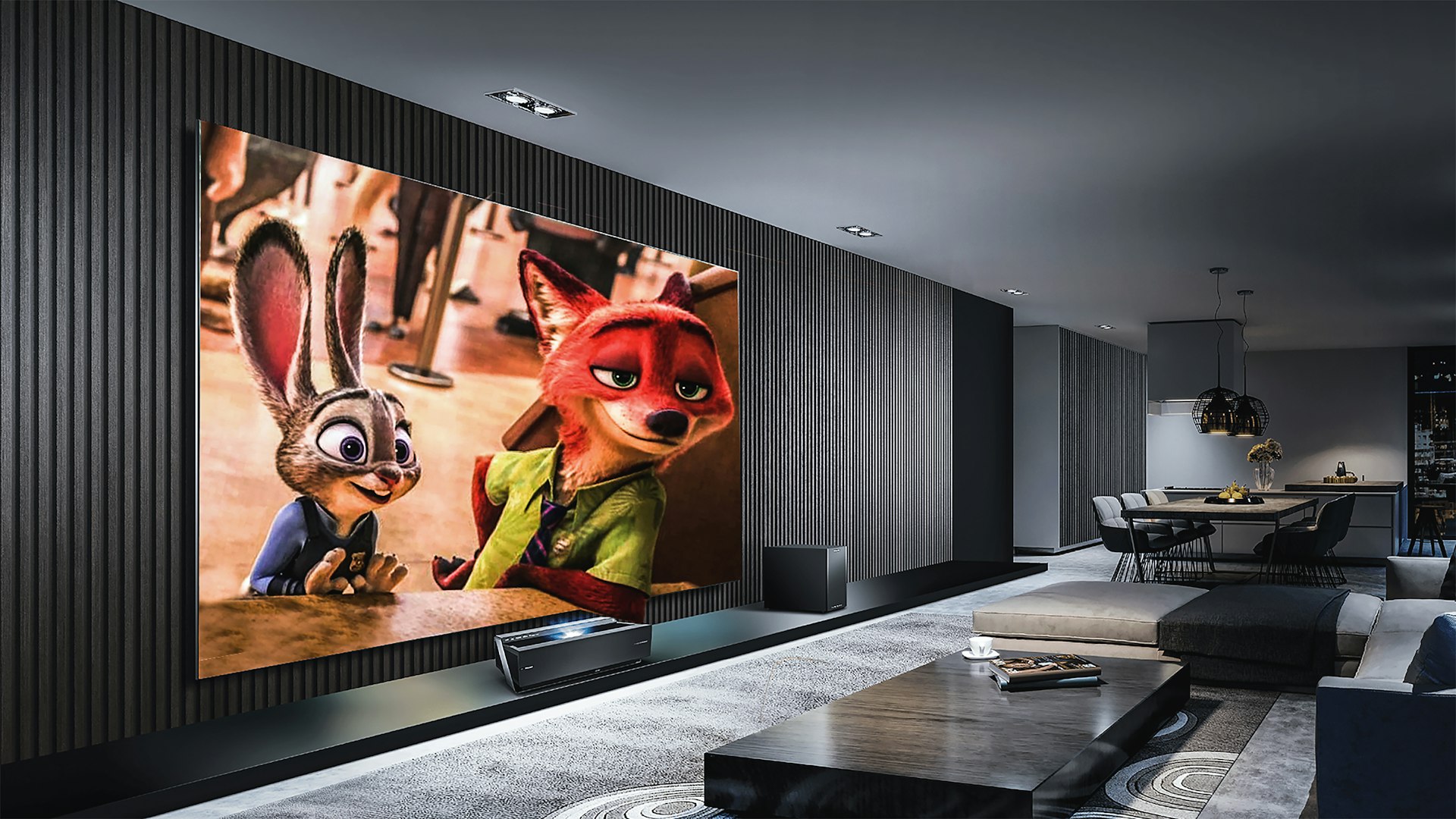Unlocking Opportunity: How Cross-Cultural Entertainment Collaborations Drive Innovation and Global Reach

Photo by ayumi kubo on Unsplash
Introduction to Cross-Cultural Entertainment Collaborations
Entertainment has always been a bridge between societies, but in an era of unprecedented globalization and digital connectivity, cross-cultural collaborations have become a powerful engine for creativity and business growth. By combining artistic traditions, storytelling methods, and business practices from different parts of the world, these collaborations not only produce unique works but also expand audience reach and generate new opportunities for artists, producers, and organizations [5] .
What Are Cross-Cultural Entertainment Collaborations?
At their core, these collaborations involve artists, creators, or organizations from different cultural backgrounds working together to produce music, films, performances, or multimedia projects. The goal is to blend distinct cultural perspectives, aesthetics, and market insights to create something novel and resonant with a global audience [1] . Examples range from musical albums that fuse traditional and contemporary sounds, to international film co-productions and innovative stage performances that draw on diverse cultural traditions.
Benefits of Cross-Cultural Collaborations in Entertainment
These partnerships offer significant advantages for those involved:

Photo by Putra Mahirudin on Unsplash
-
Creative Innovation:
Collaborations often spark new artistic directions, combining instruments, genres, or storytelling techniques that might not emerge within a single culture. For instance, the album
Musique de Nuit
teamed a French cellist with a Malian kora player, resulting in a soundscape that was both fresh and deeply rooted in tradition [1] . - Expanded Audience Reach: By marrying cultural elements, projects can resonate with more diverse audiences and enter new markets. Streaming platforms like Amazon Prime and Apple Music now curate global playlists, exposing listeners to international music and boosting cross-cultural appreciation [2] .
- Business Growth: Pooling resources and market knowledge allows companies and artists to minimize risk and maximize returns. For example, the Sony Ericsson partnership blended Scandinavian and Japanese corporate cultures to create innovative products and reach consumers worldwide [3] .
- Social Impact: Collaborations often foster mutual respect and understanding between cultures, helping break down stereotypes and champion diversity and inclusion [4] .
Real-World Examples and Case Studies
Numerous successful projects demonstrate the power and complexity of cross-cultural entertainment collaborations:
1. Music: “Musique de Nuit” – Vincent Segal & Ballaké Sissoko
This album merged French classical cello with the Malian kora, yielding a deeply original sound. The collaboration highlighted how cross-cultural partnerships can deliver music that transcends language and tradition, resonating with audiences worldwide [1] .
2. Film and Streaming: Amazon Prime & Desi Melodies
Streaming giants like Amazon Prime and Apple Music have become gateways for global content discovery. They showcase regional music labels and international film releases, making it easier for creators to reach international viewers and for audiences to experience diverse cultures [2] .
3. Business: Sony Ericsson and Renault-Nissan
The Sony Ericsson joint venture combined Japanese and Scandinavian approaches to innovation and management, resulting in globally recognized consumer products. Similarly, the Renault-Nissan alliance thrived by establishing cross-cultural training and open communication, blending French and Japanese business practices to mutual benefit [3] .
4. Performing Arts: St. Louis Symphony Orchestra & African American Churches
Collaborations between established arts organizations and community groups have expanded audiences and enriched programming. The St. Louis Symphony Orchestra’s partnership with local African American churches is a prime example of how cross-cultural projects can promote community engagement and creative growth [4] .
How to Access Cross-Cultural Collaboration Opportunities
To participate in or launch a cross-cultural entertainment collaboration, consider the following steps:
- Identify Potential Partners: Research artists, organizations, or companies with complementary strengths and shared interests. Attend international festivals, industry conferences, or use professional networking platforms to connect with potential collaborators. Many cultural agencies and arts councils publish directories and host matchmaking events.
- Understand Legal and Business Considerations: Cross-border projects may involve complex intellectual property, funding, and contractual issues. Consult with legal experts specializing in international entertainment law. The International Federation of Arts Councils and Culture Agencies (IFACCA) and similar organizations provide guidance and resources for international arts projects.
- Develop Cultural Competence: Invest in cross-cultural training to build mutual respect and understanding. Successful collaborations often hinge on adaptability and open communication [3] . Consider workshops or online courses in intercultural communication.
- Leverage Digital Platforms: Use established streaming services like Amazon Prime, Apple Music, Spotify, or Netflix to publish and promote cross-cultural projects. These platforms have global reach and frequently feature curated collections of international content [2] .
- Seek Funding and Support: Explore grants and international co-production funds. Many national arts councils, film boards, and international organizations offer financial and logistical support for cross-cultural projects. Search for “international arts grants” or “film co-production funding” through official arts funding agency websites.
Challenges and Solutions in Cross-Cultural Collaborations
While the rewards can be great, these partnerships also face challenges:
- Communication Barriers: Differing languages, business practices, and artistic traditions may cause misunderstandings. Solution: Use translators, cultural liaisons, and frequent check-ins to ensure clarity and cultural respect.
- Logistical Complexity: Time zones, travel restrictions, and legal differences can complicate projects. Solution: Plan well in advance, use digital collaboration tools, and consult with local experts.
- Cultural Sensitivity: Projects risk cultural appropriation or misrepresentation if not approached thoughtfully. Solution: Prioritize genuine collaboration, involve cultural advisors, and ensure all voices are heard throughout the process [4] .
Alternative Approaches and Additional Resources
If direct collaboration is not feasible, other avenues include:
- Digital Exchanges: Participate in online workshops, artist residencies, or virtual festivals that focus on cross-cultural learning.
- Creative Commons Projects: Contribute to open-source music, film, or multimedia projects that invite international participation.
- Community Partnerships: Work with local cultural organizations to build connections before scaling up to international projects.
For further guidance, you can consult the websites of established arts organizations, streaming platforms, and international funding agencies. If seeking official support or funding, visit the relevant government cultural agency’s website or reach out to national arts councils for advice and available programs.
Conclusion
Cross-cultural entertainment collaborations are reshaping the creative industries, bringing together talent, perspectives, and audiences from around the globe. Whether you are an artist, producer, or business leader, there are many pathways to get involved. By understanding the process, preparing for challenges, and leveraging available resources, you can tap into this dynamic landscape and help create the next wave of global entertainment.
References
- [1] World Literature Today (2016). Cross-Cultural Musical Collaborations by Rob Vollmar.
- [2] Vocal Media (2024). Connecting Cultures Through Music and Movies.
- [3] The Collective (2024). Mastering Cross-Cultural Communication for Effective Global Collaboration.
- [4] Creative Equity Toolkit (2024). Study Examples of Positive and Negative Collaborations.
- [5] Cambridge University Press (2024). Cross-Cultural Collaboration in Popular Music.



